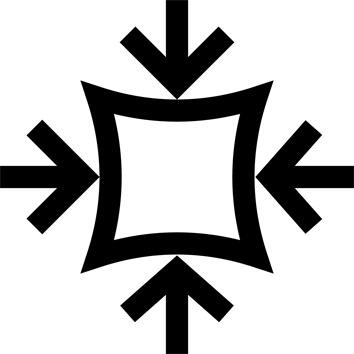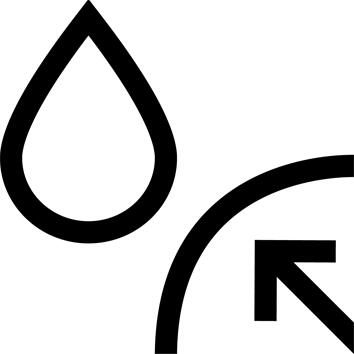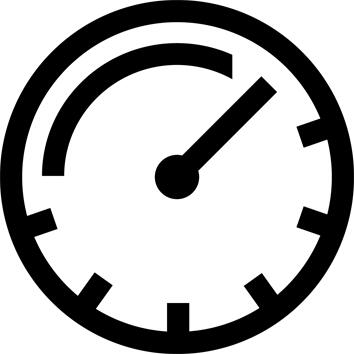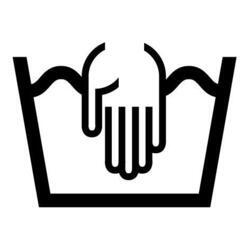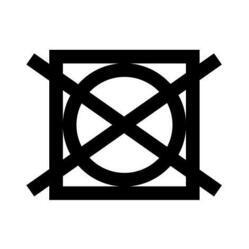FEATURES
- Weight: 4.7kg
- Dimensions when folded: 13cm x 13cm x 155cm
- Dimensions when assembled: 140cm(height) x 175cm(depth) x 250cm (length)
- Thin fabric for greater lightness (75-denier polyester)
- Laboratory-tested waterproofing of fabric and seams: resists 200 liters of water per m2 per hour
- Fiberglass structure
- Supplied with: 2 storm masts (steel), carry bag and accessories (6 sardines and 2 rod hooks on the brolly).
COMPACT, LIGHTWEIGHT AND PRACTICAL
With a footprint of 155*13*13cm and weighing just 4.7 kg, the slim, elongated shape of the folded brolly makes it easy to store: in the car, garage, bedroom, cellar, attic, garden shed... the Brolly 100 Shelter will be discreet everywhere.
GOOD TO KNOW: The shape of the Brolly allows it to dry quickly and easily without any space constraints. To do this, simply open your brolly slightly in a dry place for a few hours: it's simple, practical and quick.
RAINPROOF
To ensure impeccable reliability whatever your fishing conditions, the Brolly 100's waterproofing is controlled and validated in the laboratory using rigorous protocols. These reproduce catastrophic weather conditions, i.e. 200 liters per m2 per hour. By way of information, meteorologists very exceptionally record major storms reaching 100l/m2/h.
No doubt about it, you'll be dry all year round in your Brolly 900.
QUICK INSTALLATION
The Brolly 100 is the ideal companion for the carp angler whose main concern is efficiency and speed of installation. In a matter of seconds, the brolly reveals its living space for an angler and his tackle.
No more tedious set-ups that require concentration and application! Simply open your Full Brolly like an umbrella using the central guide bar (which can then be unscrewed), and it transforms into a sturdy, discreet and spacious shelter.
REPAIRABILITY
In the event of a tear in the canvas or floor mat of your Brolly, we offer a repair kit (ref 8584597).
WE IMPROVE THE DYEING PROCESS
The dyeing process has been modified to reduce our water consumption: Textile dyeing is a water-intensive process that also discharges wastewater from its dye baths. We therefore choose to dye our fabric in the mass, integrating the color pigments right from the yarn manufacturing stage. As a result, water consumption is drastically reduced.

